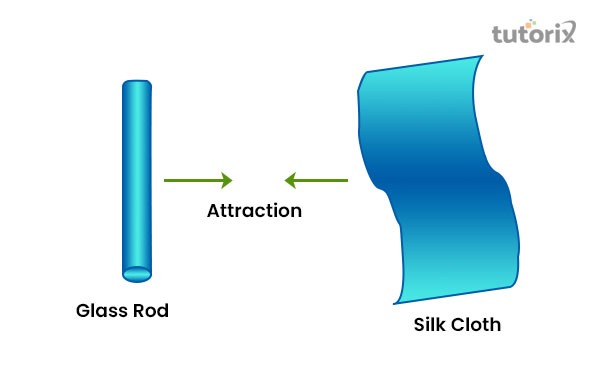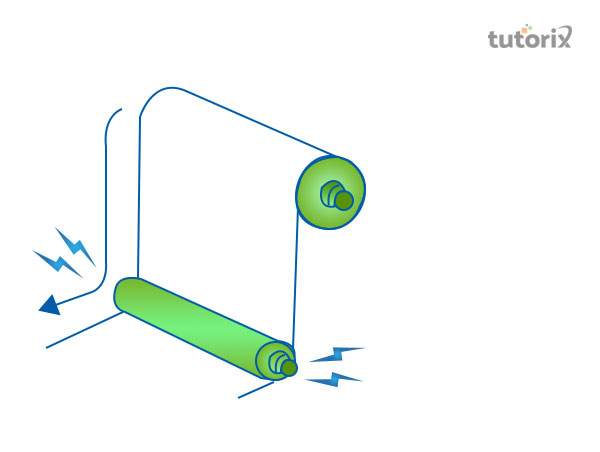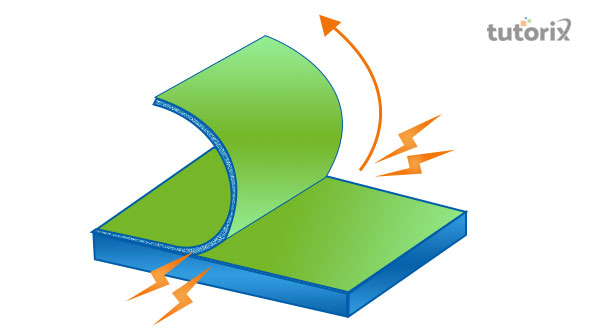Introduction
Static electricity is applied to multiple purposes in daily human lives starting from attractions between objects to repulsion between different objects. Static electricity is commonly generated when objects come into contact. As the electrons stay stationary during the attraction between objects, it generates static electricity in the process. Static ions can be seen through extra ions present in the air. In simple words, when two objects create an attractive force between each other, it leads to the formation of static electricity in the process.
What is Static Electricity?
Static electricity is a common electric phenomenon where charged particles are transferred from one particular body to another. When the positive charges and the negative charges are not balanced within each other, it causes the generation of static electricity as two objects get attracted to each other’s force (Allaboutcircuits, 2022). The neutrons and the protons are mostly stationary during the generation of static electricity, but the electrons are transmitted during its formation between objects.

Figure 1: Static electricity between two objects
For example, if a silk cloth is rubbed against a glass rod, they both will stick to each other. Here, an attractive force is generated between these two objects which are making them stick to each other. Despite being two completely different types of materials, the glass rod and the cloth will stick to each other because of the electrical phenomenon called static electricity.
Explore our latest online courses and learn new skills at your own pace. Enroll and become a certified expert to boost your career.
Properties of Static Electricity
Static electricity has a few distinctive characteristics and properties that make it different. This type of electricity is generated mostly due to the imbalance between the positive charges and the negative charges of an object. Static electricity can be defined as an insulator as well as a conductor due to its characteristics.
For example, when hair gets stuck with wool hats, static electricity is generated between the hair and the wool hat. In addition, the phenomenon of static electricity is common in the dry seasons, as the transference of electrons is resisted by the moister in the air (Kim, Kim & Jeong, 2018).
Static electricity cannot be produced continuously due to the discharge of energy within different objects. It can only be produced while being in the static or constant state.
Types of Static Build-up
Static build-up happens when electric charges are exchanged between two objects that come into contact. The build-up can be segmented into three different types, contact, frictional and detachment static build-up.
Contact Static Build-up
This static build-up phenomenon happens when two different objects come into contact and the electrons of those objects are transferred to each other.

Figure 2: Contact Static Build-up of static electricity
When the transition of the charge between these two objects is completed, instant contact is made between those objects (Keyence, 2022). This build-up is responsible for the generation of static electricity by detachment and contact of objects.
Frictional Static Build-up
In the case of Frictional Static Build-up, the static build-up is generated when the fiction takes place among the two respective objects. Due to fiction, the two bodies seem to exchange electric charges among them, and thus it generates static electricity (Suma et al. 2018). With a larger area of contact the static electricity increases respectively.

Figure 3: Frictional Static Build-up
Detachment Static Build-up
In this section of Detachment Static Build-up, static electricity is produced, when items of protective films and adhesive steps are removed. At the time of removal of the tape or film, an exchange of charges occurs.

Figure 4: Detachment Static Build-up
Generators of Static Electricity
Static Electricity can be generated through many processes; however, the main causes consist of the notion of contact and separation between two bodies such as seen during the time of fiction. Rapid changes in the aspects of heat may generate static electricity, such can be noticed in the microwave, from radiation of heat energy such as, UV rays’ ‘, X Rays’ ‘ leads to the formation of electricity (Allaboutcircuits, 2022). However, these occurrences are noticed in industries. Through the action of cutting and induction also the static electricity is generated. For example, cutting actions are seen in sheet cutter and induction is noted when standing within the electric field.
Usage of Static Electricity
The application of static electricity is common in the field of modern science that includes, super capacitors, laser printers, and photocopies (Livescience, 2022). However, it is also used in materials for piezoelectric, in producing crystal microphones and also in, paints for electrostatic sprays and precipitators.
Leave a Reply